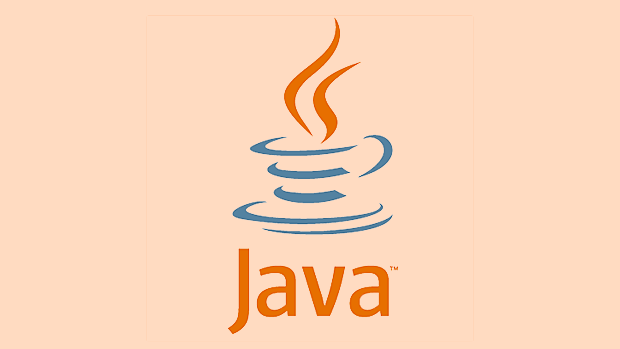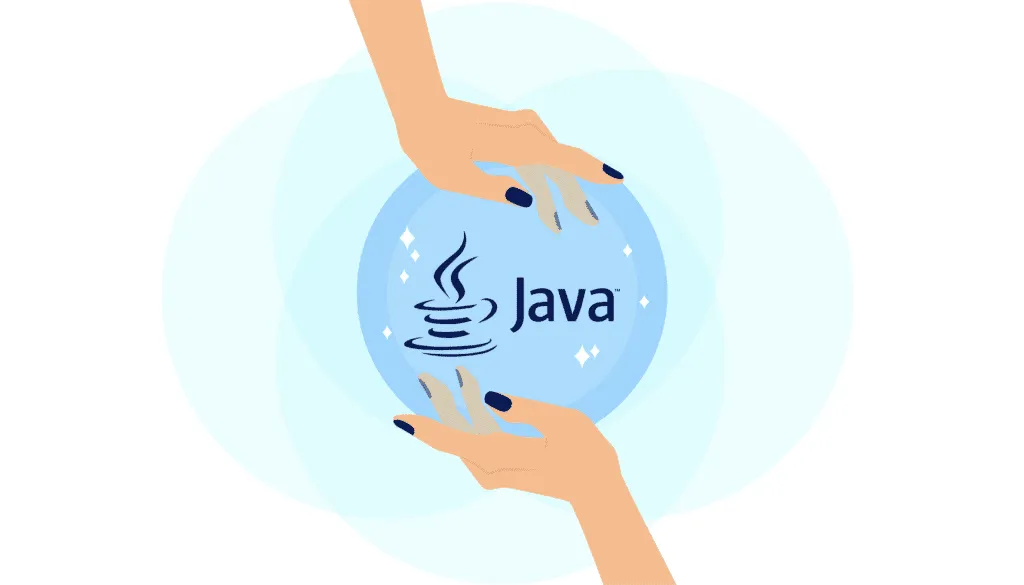Managing transactions in Java JDBC applications requires manual control of commits and rollbacks to ensure data consistency. 1. Turn off automatic commit: connection.setAutoCommit(false), so that multiple SQL operations are executed as one transaction; 2. Use try-catch block to handle transaction commit or rollback to ensure that data is not partially committed during exceptions; 3. Restore automatic commit mode after commit or rollback: connection.setAutoCommit(true), to prevent problems caused by connection pool reuse; 4. It is recommended to use try-with-resources to release resources, avoid making complex logical judgments in finally blocks, thereby effectively managing transaction processes and improving code robustness.

Managing transactions in Java JDBC applications is the key to controlling when database operations are committed or rolled back to ensure data consistency and integrity. By default, JDBC is in auto-commit mode, which means that each SQL statement takes effect immediately after execution. But in actual development, especially under business logic involving multiple operations, we need to manually manage transactions.

Turn on manual transaction management
If you need to perform multiple SQL operations and want them to be processed as a whole, you need to turn off the auto-commit mode:

connection.setAutoCommit(false);
The purpose of this line of code is to tell JDBC that the next SQL statement will not be submitted to the database immediately, but will wait for you to explicitly call commit() or rollback() . This is the first step in transaction control.
For example, in a transfer scenario, deductions from Account A and raising funds to Account B must succeed or fail together. If the default automatic commit is used, one of the failures will result in inconsistent data.

What should be noted is:
- Once set to manually commit, all subsequent SQL will be executed in this transaction context.
- Forgot to resume automatic commits or incorrect commits/rollbacks may cause connections to be blocked or data exceptions.
Submit and rollback operations
After completing a set of SQL operations, you need to decide whether to submit based on the execution:
try {
// Execute multiple SQL
connection.commit(); // commit transaction} catch (SQLException e) {
connection.rollback(); // Rollback when an exception occurs}A few suggestions:
- Handling transaction commits and rollbacks in the try-catch block can effectively deal with exceptions.
- If you rollback in catch, remember to close the connection or reset auto-commit in finally.
- For databases that support savepoints (Savepoint), you can use
setSavepoint()androllback(Savepoint)to perform finer granular control.
For example, suppose you have to insert the associated role record while inserting user information. If one of them fails, then no one should be written to the database.
Release resources correctly and resume automatic submissions
After the transaction is over, in addition to closing resources such as Statement and ResultSet, don't forget to restore the automatic commit mode (especially in the connection pool environment):
connection.setAutoCommit(true);
Why is this important? Because many connection pools (such as HikariCP, Druid) will reuse connection objects. If the previous operation does not restore auto-commit to true, the next operation using the connection may still be in a manual commit state, resulting in unpredictable problems.
So the recommended approach is:
- Restore auto-commit immediately after commit or rollback.
- Use try-with-resources to ensure resource release.
- Do not make complicated logical judgments in finally blocks to avoid covering up the original exception.
Basically that's it. Although transaction management seems simple, it involves many aspects such as exception handling and resource release. If you are not careful, you will have hidden dangers. Just remember "Open->Operation->Commit/Rollback->Clean" and pay attention to the details in the actual encoding to control the transaction process well.
The above is the detailed content of Managing Transactions in Java JDBC Applications. For more information, please follow other related articles on the PHP Chinese website!

Hot AI Tools

Undress AI Tool
Undress images for free

Undresser.AI Undress
AI-powered app for creating realistic nude photos

AI Clothes Remover
Online AI tool for removing clothes from photos.

Clothoff.io
AI clothes remover

Video Face Swap
Swap faces in any video effortlessly with our completely free AI face swap tool!

Hot Article

Hot Tools

Notepad++7.3.1
Easy-to-use and free code editor

SublimeText3 Chinese version
Chinese version, very easy to use

Zend Studio 13.0.1
Powerful PHP integrated development environment

Dreamweaver CS6
Visual web development tools

SublimeText3 Mac version
God-level code editing software (SublimeText3)

Hot Topics
 Difference between HashMap and Hashtable?
Jun 24, 2025 pm 09:41 PM
Difference between HashMap and Hashtable?
Jun 24, 2025 pm 09:41 PM
The difference between HashMap and Hashtable is mainly reflected in thread safety, null value support and performance. 1. In terms of thread safety, Hashtable is thread-safe, and its methods are mostly synchronous methods, while HashMap does not perform synchronization processing, which is not thread-safe; 2. In terms of null value support, HashMap allows one null key and multiple null values, while Hashtable does not allow null keys or values, otherwise a NullPointerException will be thrown; 3. In terms of performance, HashMap is more efficient because there is no synchronization mechanism, and Hashtable has a low locking performance for each operation. It is recommended to use ConcurrentHashMap instead.
 What are static methods in interfaces?
Jun 24, 2025 pm 10:57 PM
What are static methods in interfaces?
Jun 24, 2025 pm 10:57 PM
StaticmethodsininterfaceswereintroducedinJava8toallowutilityfunctionswithintheinterfaceitself.BeforeJava8,suchfunctionsrequiredseparatehelperclasses,leadingtodisorganizedcode.Now,staticmethodsprovidethreekeybenefits:1)theyenableutilitymethodsdirectly
 How does JIT compiler optimize code?
Jun 24, 2025 pm 10:45 PM
How does JIT compiler optimize code?
Jun 24, 2025 pm 10:45 PM
The JIT compiler optimizes code through four methods: method inline, hot spot detection and compilation, type speculation and devirtualization, and redundant operation elimination. 1. Method inline reduces call overhead and inserts frequently called small methods directly into the call; 2. Hot spot detection and high-frequency code execution and centrally optimize it to save resources; 3. Type speculation collects runtime type information to achieve devirtualization calls, improving efficiency; 4. Redundant operations eliminate useless calculations and inspections based on operational data deletion, enhancing performance.
 What is an instance initializer block?
Jun 25, 2025 pm 12:21 PM
What is an instance initializer block?
Jun 25, 2025 pm 12:21 PM
Instance initialization blocks are used in Java to run initialization logic when creating objects, which are executed before the constructor. It is suitable for scenarios where multiple constructors share initialization code, complex field initialization, or anonymous class initialization scenarios. Unlike static initialization blocks, it is executed every time it is instantiated, while static initialization blocks only run once when the class is loaded.
 What is the Factory pattern?
Jun 24, 2025 pm 11:29 PM
What is the Factory pattern?
Jun 24, 2025 pm 11:29 PM
Factory mode is used to encapsulate object creation logic, making the code more flexible, easy to maintain, and loosely coupled. The core answer is: by centrally managing object creation logic, hiding implementation details, and supporting the creation of multiple related objects. The specific description is as follows: the factory mode handes object creation to a special factory class or method for processing, avoiding the use of newClass() directly; it is suitable for scenarios where multiple types of related objects are created, creation logic may change, and implementation details need to be hidden; for example, in the payment processor, Stripe, PayPal and other instances are created through factories; its implementation includes the object returned by the factory class based on input parameters, and all objects realize a common interface; common variants include simple factories, factory methods and abstract factories, which are suitable for different complexities.
 What is the `final` keyword for variables?
Jun 24, 2025 pm 07:29 PM
What is the `final` keyword for variables?
Jun 24, 2025 pm 07:29 PM
InJava,thefinalkeywordpreventsavariable’svaluefrombeingchangedafterassignment,butitsbehaviordiffersforprimitivesandobjectreferences.Forprimitivevariables,finalmakesthevalueconstant,asinfinalintMAX_SPEED=100;wherereassignmentcausesanerror.Forobjectref
 What is type casting?
Jun 24, 2025 pm 11:09 PM
What is type casting?
Jun 24, 2025 pm 11:09 PM
There are two types of conversion: implicit and explicit. 1. Implicit conversion occurs automatically, such as converting int to double; 2. Explicit conversion requires manual operation, such as using (int)myDouble. A case where type conversion is required includes processing user input, mathematical operations, or passing different types of values ??between functions. Issues that need to be noted are: turning floating-point numbers into integers will truncate the fractional part, turning large types into small types may lead to data loss, and some languages ??do not allow direct conversion of specific types. A proper understanding of language conversion rules helps avoid errors.
 Why do we need wrapper classes?
Jun 28, 2025 am 01:01 AM
Why do we need wrapper classes?
Jun 28, 2025 am 01:01 AM
Java uses wrapper classes because basic data types cannot directly participate in object-oriented operations, and object forms are often required in actual needs; 1. Collection classes can only store objects, such as Lists use automatic boxing to store numerical values; 2. Generics do not support basic types, and packaging classes must be used as type parameters; 3. Packaging classes can represent null values ??to distinguish unset or missing data; 4. Packaging classes provide practical methods such as string conversion to facilitate data parsing and processing, so in scenarios where these characteristics are needed, packaging classes are indispensable.






